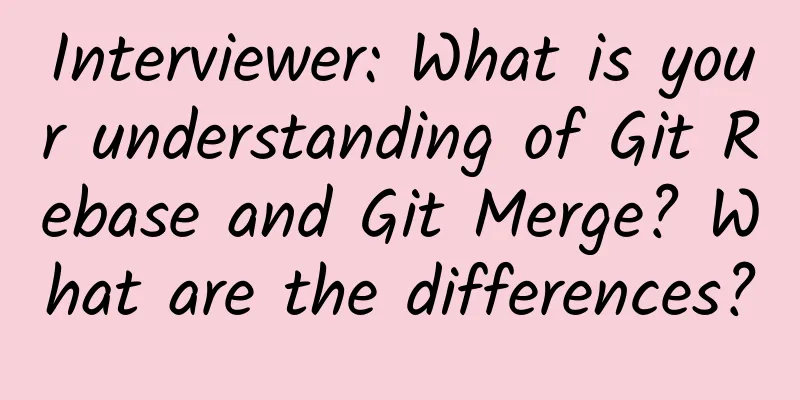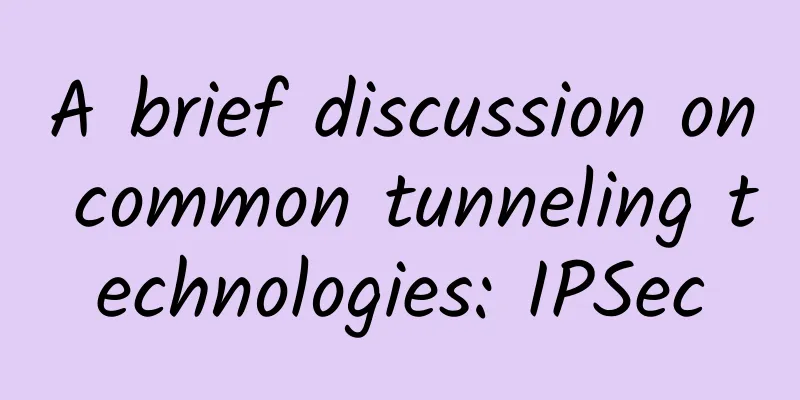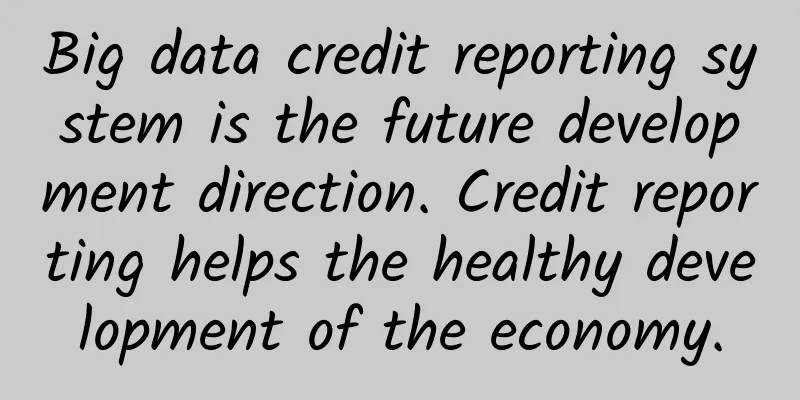Interviewer: What is your understanding of Git Rebase and Git Merge? What are the differences?

|
This article is reprinted from the WeChat public account "JS Daily Question", the author is Huihui. Please contact the JS Daily Question public account to reprint this article. 1. What isIn a project that uses git for version management, when a feature is developed and merged into the master branch, there are two ways:
git rebase and git merge have the same function, which is to merge the commits of one branch into another branch, but they are different in principle. The usage of both is also very simple: git merge Merge the current branch into the specified branch. The command usage is as follows:
git rebase Transplant the current branch to the specified branch or specified commit. The usage is as follows:
Common parameters include --continue, which is used to continue rebase after resolving conflicts.
2. Analysisgit merge Merge the current branch with the xxx branch through git merge, and the resulting new commit object has two parent nodes If the "specified branch" itself is a direct child node of the current branch, a snapshot merge will be generated For example, the bugfix branch is forked from the master branch as shown below: When merging the bugfix branch into the master branch, if the status of the master branch has not been changed, the history of the bugfix branch contains all the history of the master branch. So by moving the location of the master branch to the latest branch of bugfix, the merge is completed. If the history of the master branch has new commits after the bugfix branch is created, the following situation occurs: When you use git merge at this time, a new commit will be generated, and the HEAD of the master branch will be moved to the new branch, as follows: As can be seen above, the latest snapshots of the two branches and their most recent common ancestor will be merged in three ways. The result of the merge is to generate a new snapshot. git rebase Similarly, the history of the master branch has new commits after the bugfix branch was created, as follows: Through git rebase, it will become as follows: During the handover process, if a conflict occurs, you need to modify the respective conflicts as follows: After rebase, the master's HEAD position remains unchanged. Therefore, to merge the master branch and the bugfix branch As you can see from the above, rebase will find the most recent common ancestor of different branches, such as B in the figure above Then compare the current branch with the previous commits of the ancestor, extract the corresponding changes and save them as temporary files (the old commits X and Y are not destroyed, they are simply no longer accessible or usable) Then point the current branch to the target latest location D, and then apply the changes previously saved as temporary files in sequence 3. DifferenceAs you can see above, merge and rebasea are both merge history records, but they have different characteristics: merge Merging branches together will create a merge commit and link the history of the two branches together. In fact, it is a non-destructive operation. The existing branch will not be changed in any way, but it will make the history record relatively complicated. rebase Rebasing moves an entire branch onto another branch, effectively integrating all commits from that branch. The main benefit is that the historical record is clearer, and the differences are reflected on the basis of the original commits, eliminating the unnecessary merge commits required by git merge References https://zhuanlan.zhihu.com/p/361182707 https://yuweijun.github.io/git-zh/1-git-branching.html#_rebasing https://backlog.com/git-tutorial/cn/stepup/stepup1_4.html |
<<: Google and Facebook to build new submarine cable connecting Japan and Southeast Asia in 2024
>>: "5G+Industrial Internet" security capabilities and scenario-based solutions
Recommend
These five points cannot be ignored when selecting enterprise SD-WAN!
As the main theme of today's IT industry, clo...
The United States has another big move for 5G: agreeing to merge two major operators
The Trump administration has tried every possible...
Will 5G replace NB-IoT immediately after commercialization? Not really!
From May 21 to May 25, the international telecomm...
2017: China's first robot firewall launched a powerful attack to break the curse of black production and enhance the security future of online business!
[[188847]] The rise of the digital economy has ma...
2021 Bots Automation Threat Report: An In-depth Analysis of Bots Attacks
Recently, as a professional manufacturer in the f...
Does 5G millimeter wave technology pave the way for the next stage of connectivity?
In the rapidly developing digital age, the scope ...
HostingViet: Vietnam VPS monthly payment 30% off, 28 yuan/month-1GB/20G SSD/unlimited traffic
HostingViet has updated the validity period of th...
3 Reasons Your IoT Needs SD-WAN
We live in an era of fast-paced digital transform...
VXLAN L3 applies EVPN to present a complete overlay network
Preface VXLAN (Virtual eXtensible LAN) is an over...
Mobile phone verification codes have become the scapegoat for cybercrime. Let me speak up for telecom operators!
[[347439]] It should be pointed out that this is ...
HostNamaste: $18/year-1.5GB/30GB/1.5TB Los Angeles & Dallas data centers
HostNamaste is a foreign hosting company founded ...
5G and AI Use Cases - How 5G Helps Implement Artificial Intelligence
Michael Baxter says 5G will unlock the potential ...
iWebFusion clearance special offer for dedicated servers starting from $45/month, multiple data centers in Los Angeles and other places
iWebFusion recently launched an Inventory Closeou...
How 5G will benefit the Internet of Things
In this article, we want to turn our attention to...
5G+Cloud+AI: Huawei and operators work together to build new ICT infrastructure, unleash the benefits of 5G, and enable a wide range of industries
[Shenzhen, China, July 30, 2020] Today, at the Cl...









